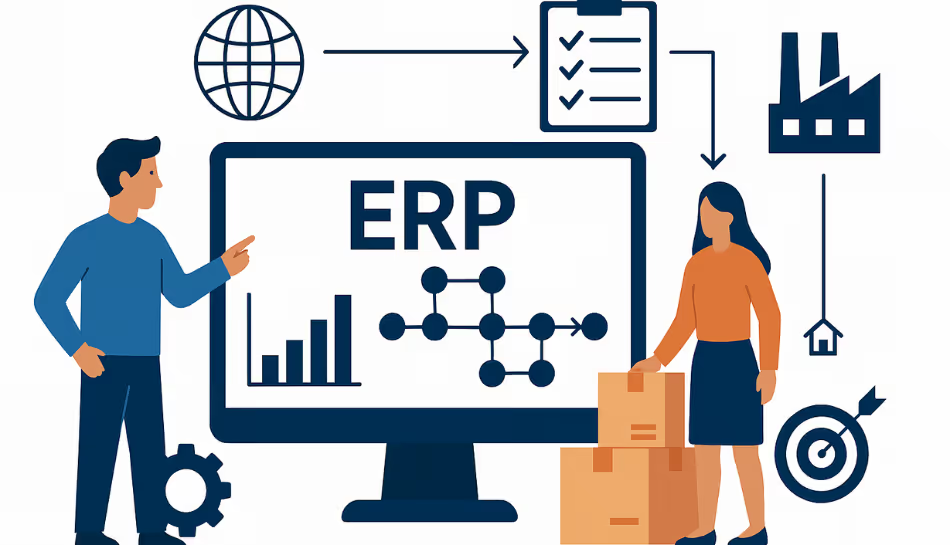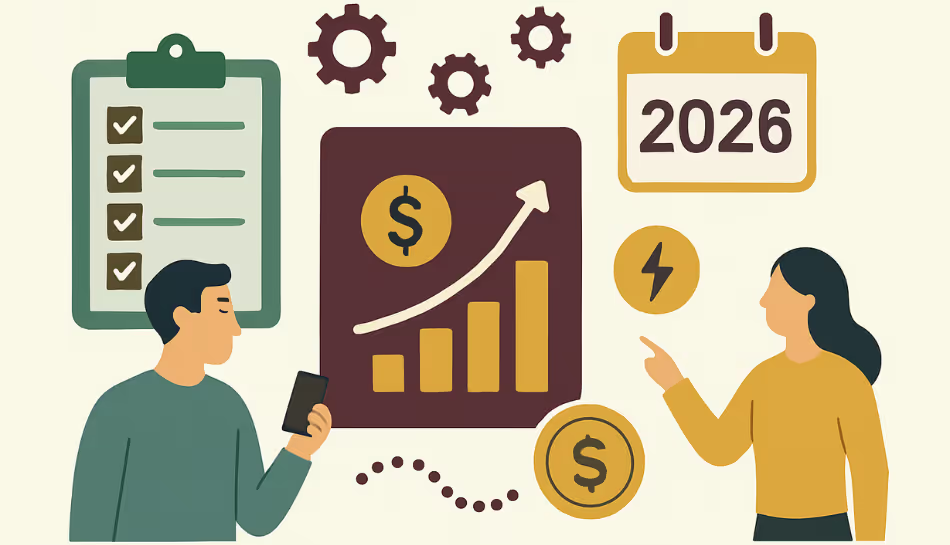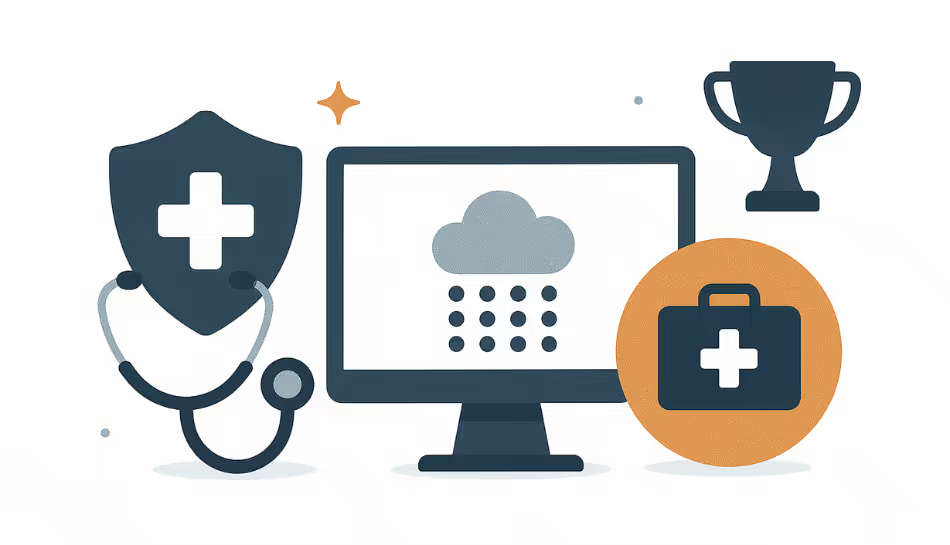Managing a supply chain in 2025 is more complex than ever. With suppliers, warehouses, customers, and transport spread across cities, or even continents, businesses need more than spreadsheets and emails to keep things moving smoothly.
That’s where ERP for supply chain management comes in.
An ERP system in supply chain management acts like the brain of your business, connecting procurement, inventory, production, logistics, and customer service into one intelligent system. It helps you manage operations from end to end, in real time, with fewer mistakes and better coordination.
What Is Supply Chain ERP?
Supply chain ERP systems are software platforms that integrate all key supply chain activities. These include:
- Purchasing raw materials
- Managing inventory
- Scheduling production
- Shipping products
- Handling returns and customer communication
Everything flows through a centralized system, giving you full visibility, control, and the ability to respond quickly to changes.
Key Benefits of ERP in Supply Chain Management
1. Real-Time Inventory Tracking
You can't manage what you can't see. ERP software keeps track of every product and part in your supply chain, whether it's in your warehouse, in transit, or at a supplier’s site.
This means:
- No more stockouts or overstocking
- Better demand forecasting
- Faster order fulfillment
Inventory levels are always updated, helping you make faster and smarter purchasing decisions.
2. Stronger Supplier and Vendor Management
ERP for supply chain management helps track purchase orders, delivery timelines, supplier performance, and contract details. With this data, you can:
- Negotiate better deals
- Maintain reliable relationships
- Avoid delays in raw material delivery
All communications and records stay in one place, making coordination easy and efficient.
3. Production Planning and Scheduling
If you manufacture goods, timing is everything. A good SCM ERP helps align raw material availability with production schedules so you don’t end up with delays or idle machines.
It helps answer questions like:
- Do we have enough material to start the next production batch?
- When can we promise delivery to the customer?
- Can we speed up or delay production based on demand?
This synchronization leads to fewer bottlenecks and better on-time performance.
4. Improved Logistics and Order Management
Once products are ready, ERP systems help you plan shipments, track deliveries, and handle returns. You can also integrate with courier or transport partners for:
- Real-time delivery tracking
- Automated shipping labels and documents
- Better customer communication
The result? Faster deliveries, fewer errors, and happier customers.
5. Data-Driven Decision Making
ERP gives your supply chain team access to real-time dashboards and reports. You can:
- Analyze supplier performance
- Monitor inventory turnover
- Identify cost-saving opportunities
- Forecast sales and adjust procurement accordingly
These insights help you stay agile and competitive in a fast-changing market.
What to Look for in the Best ERP System for Supply Chain Management
When choosing an ERP for your supply chain, look for:
- Real-time inventory visibility
- Strong procurement and vendor modules
- Warehouse and logistics integration
- Demand forecasting tools
- Easy integration with sales and finance
Cloud-based solutions are ideal for companies with multiple locations or remote teams, as they allow access from anywhere.
Final Thoughts
A strong supply chain depends on accurate data, real-time coordination, and smooth execution. Enterprise Resource Planning in supply chain management helps businesses achieve just that, by bringing all moving parts onto one intelligent platform.
Whether you're running a manufacturing unit, a distribution business, or a multi-location retail chain, investing in a supply chain ERP system helps you reduce costs, improve speed, and respond faster to change.



